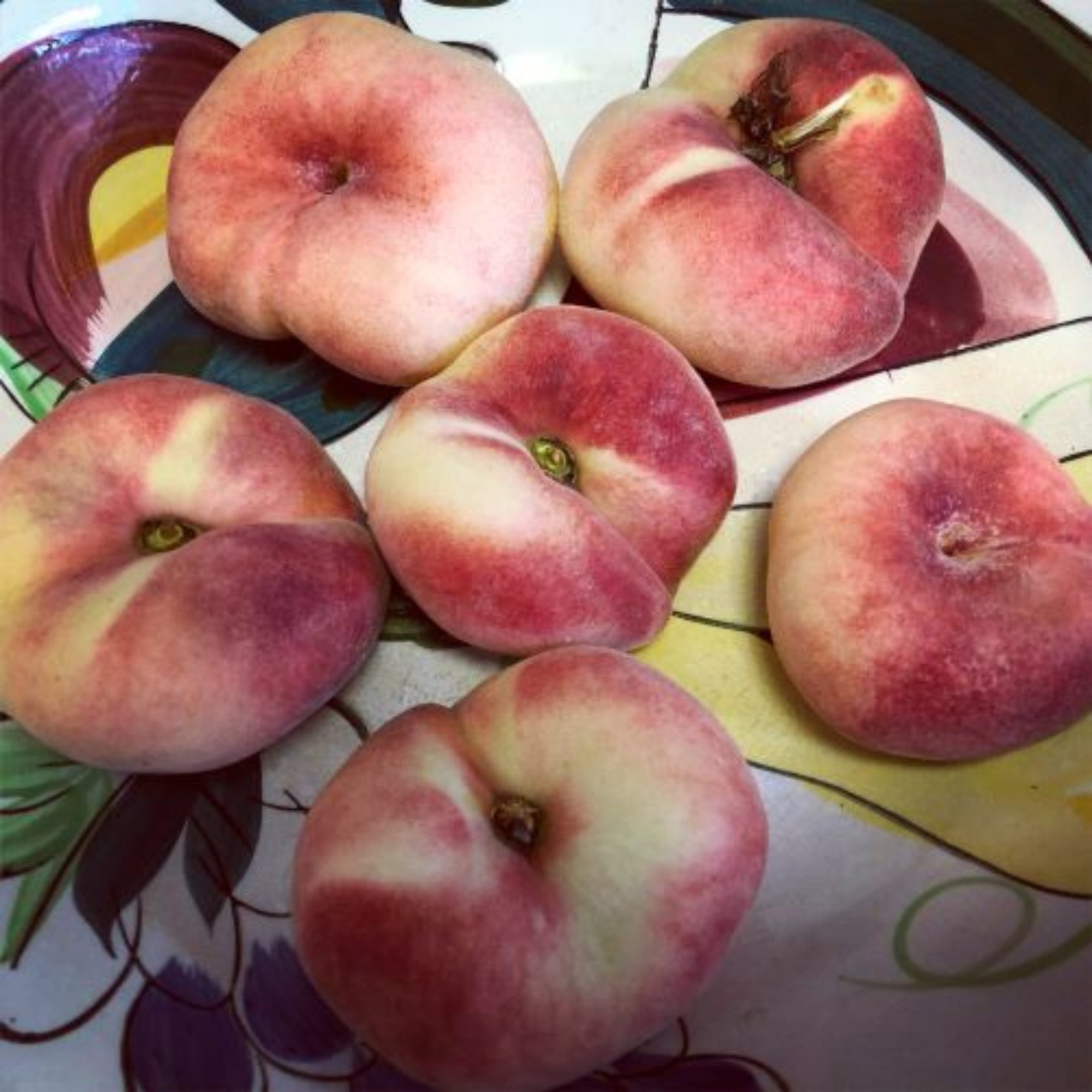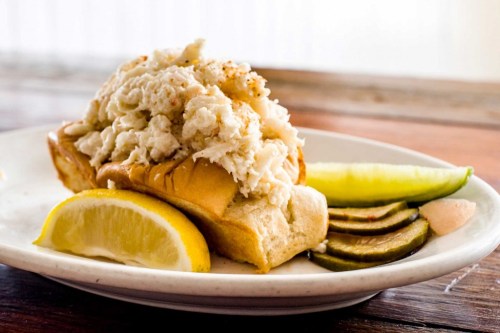In times of trouble, cooking makes me whole. I may be tired, irritable, I may have gotten home late, I may even be sick, but I stand at my fry pan tossing in onions, that base of almost every culture’s cooking. To me, it might as well be the base of life itself, as I stand there trying to make something tasty and satisfying and warming out of a few teensy bits of vegetables and some shreds of meat.
Cooking, which I came to only in my 40s and disabled, like someone clutching a lifeline, reminds me of the sacredness of the act of creation. It feels like making something out of nothing: whatever’s assembled on my cutting board – a little mess of garlic bits and bitter vegetables and cheese snips – always seems so poignantly small to me as the basis of a hot dinner that will somehow sustain two adults. The process that transforms these scraps into a whole always seems mystical to me: what god created this eggplant parmigiano pasta?
Certainly not me.
With cooking, as with writing, providence comes in and accomplishes what we ourselves, with our conscious minds, can barely accomplish. When I say providence, I don’t exactly mean God. Who made this dish? It was the fire (which reshapes molecules and “denatures” proteins and divinely caramelizes eggplants). It was the balsamic vinegar in all its oddness, sour, acid, musty, sweet, powerfully itself and shaped by hands and minds other than my own. It was the traditions of a million years of hominids cooking (while humans have only been around and making dinner for 200,000 years, our hominid ancestors have been cooking for even longer). It was my innumerable memories of meals out and Food Network snippets and half-remembered recipes, plus glimmering images in my brain (my mother’s ancient Italian friend’s fresh sausage and tomato sauce), and, maybe most of all, dumb luck and inspiration!
It was also me, yes, along with all of these. It was my own arm strength and my thinking mind, saying “Now! A dab more tomato paste!” and “Now! I want sesame oil and more parsley!” In point of fact, I feel really butch when I cook, much more butch than I do when writing, say, or making love. Turning the flame up and down, I am Hephaestus at the forge; I am Casey at the switch. I feel powerful, capable, gripping my 11-inch pan and smelting tomatoes, refining wine, building skyscrapers out of flour and beef. I am doing this for my family which consists of my partner and me, making things to keep us good and warm inside, and feeling loved. I am blending tahini in a machine noisy as a cement mixer, making a sauce so sumptuous it can make steamed zucchini taste good. I am butchering squashes and making rebellious Jewish bricks out of walnuts, apples and wine that will make our conquerors choke. I am constructing fantasy universes out of ground turkey and breadcrumbs and spices and egg. The turkey meatballs I make will make our hearts happy as we eat them in a radiant red sauce before going to the demonstration.
So, gentle reader who loves the taste of food, dear one who loves kimchi, posole, and democracy: go to the demonstration. There are a lot this week, and there will be more the week after, and the week after that. Keep going. Eat something hot before and after. Take care of yourself. Take care of other people, too. There is no contradiction between activism and compassion, no contradiction between activism and tenderness or sweetness: remember that. What I am trying to say is: everything we do, whether we are masters or novices, we do in the context of other people. I’m no great chef by any measure, but I learned to make a damn good dinner, and so can you. Individual writers don’t create literature, individual cooks don’t create the art of cooking, and individual actors don’t create entire movements. Everyone is needed, and everyone needs others.
Everyone is important in cooking up this struggle, even and especially you.
Originally published in Gay City News on January 19, 2017.



